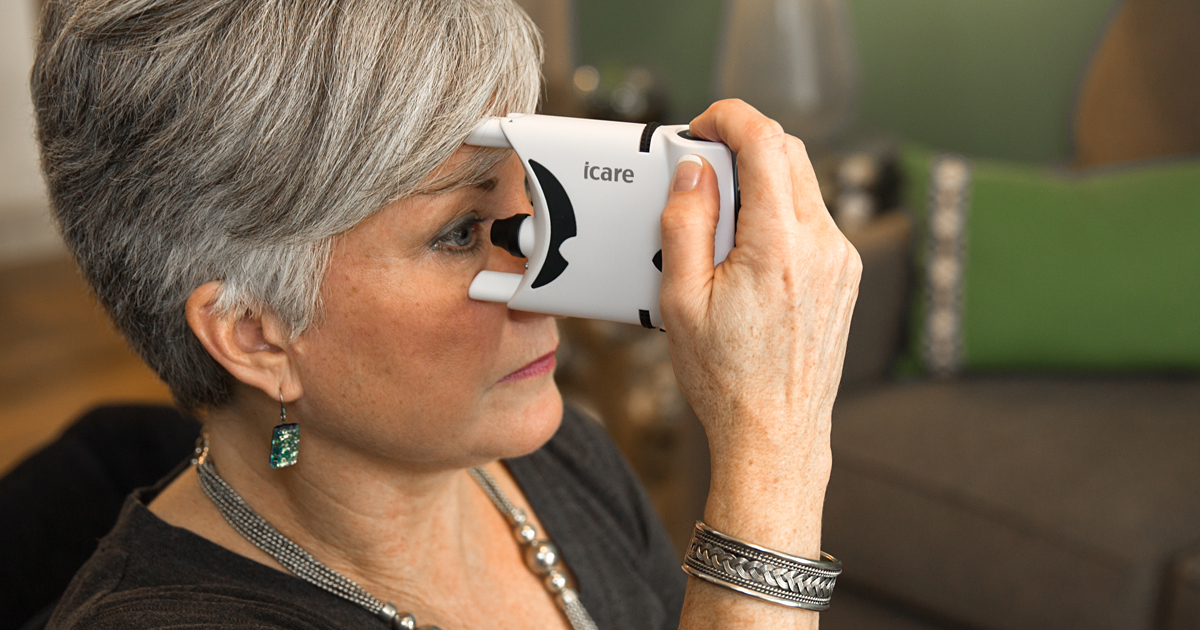Glaucoma Treatment Options
Laser Therapy

Laser trabeculoplasty or laser therapy is becoming a popular option to treat open-angle glaucoma. The procedure, as is clear, involves the use of a laser beam to open clogged channels used for drainage, and it can also help stop fluid blockage for patients with angle-closure glaucoma. The laser beam doesn’t actually burn a hole through the area. Its effect is more subtle, but it actually changes the eye’s drainage system to ease the flow of excess fluid. The fifteen-minute procedure can be performed in a doctor's office or an outpatient facility, and no recovery period in a facility is necessary. The effect of the procedure usually takes a few weeks, but the majority of patients can discontinue taking some of their medications when the pressure-lowering effect takes place.
Laser procedures include trabeculoplasty, iridotomy, and cycloablation. These techniques are effective ways of facilitating drainage or reducing fluid production. Complications from laser surgeries are minimal.
Reveal more treatments for glaucoma now.
Surgical Treatment

Conventional surgery may be necessary when medications and laser therapy aren’t able to lower a patient's intraocular pressure. Several operations are available to treat open-angle and closed-angle glaucomas. The most common operation for both is called a trabeculectomy, which creates a passage and flap to move the excess eye fluid out of the eye. It has to be repeated on occasion because of the body’s natural healing process mistakenly viewing the surgically created drainage hole as an injury. Approximately half of the patients who undergo this procedure no longer need their glaucoma medications for a significant period afterward. Most of the remaining patients have better control of their intraocular pressure as well. The recovery time can be up to four weeks for certain activities like reading and driving.
Drainage implant surgery is an option for children or individuals with secondary glaucoma. A silicone tube is inserted into the eye to drain excess fluid in this procedure, which isn’t as effective as the trabeculectomy, but it's preferred in patients with previous scarring or whose eye pressure cannot be controlled with traditional surgery. Filtering surgery creates new channels in the eye to improve drainage and is sometimes used if all other methods fail to achieve any improvement in a patient's condition. Minimally invasive glaucoma surgery are procedures that are less risky than other operations and require less postoperative care. Doctors will discuss the various surgical treatments available for treatment and which one is appropriate for their patient's particular set of circumstances.
Keep reading to get familiar with the next option regarding glaucoma treatment.
